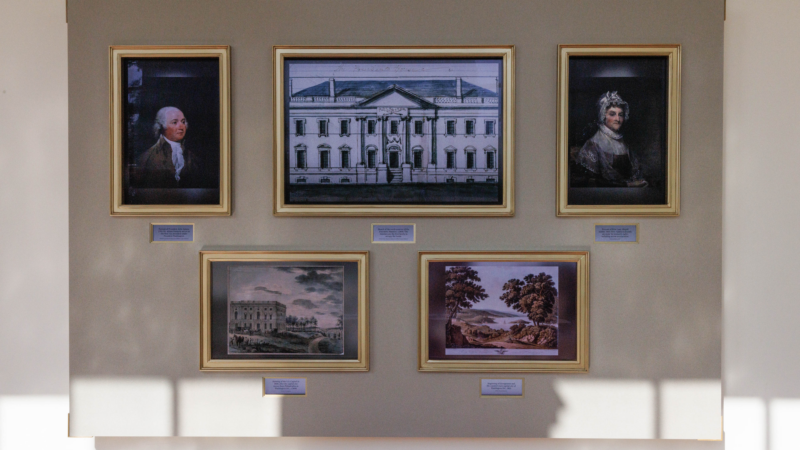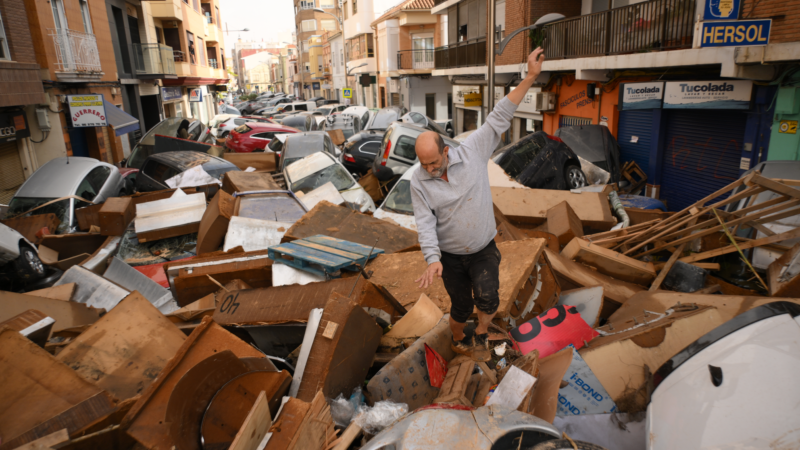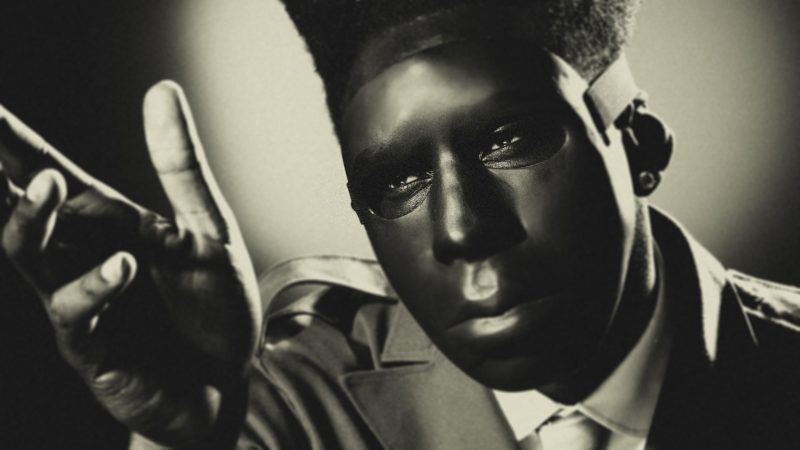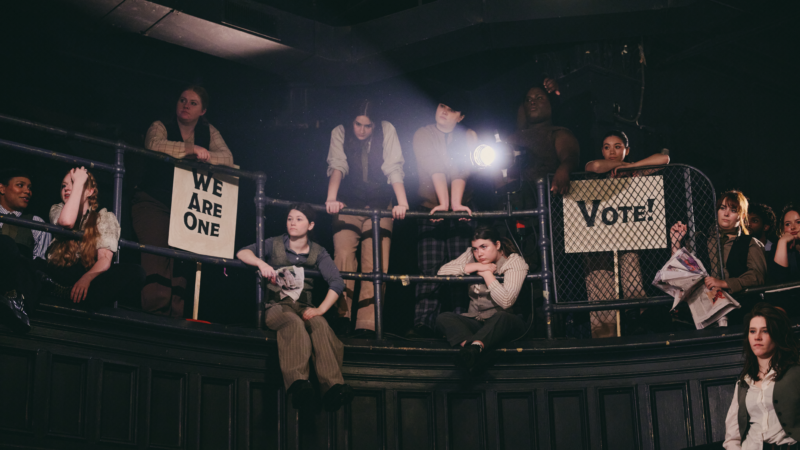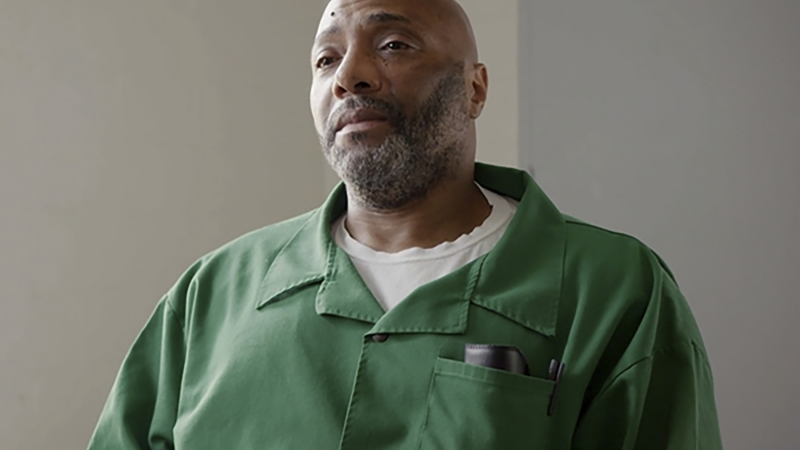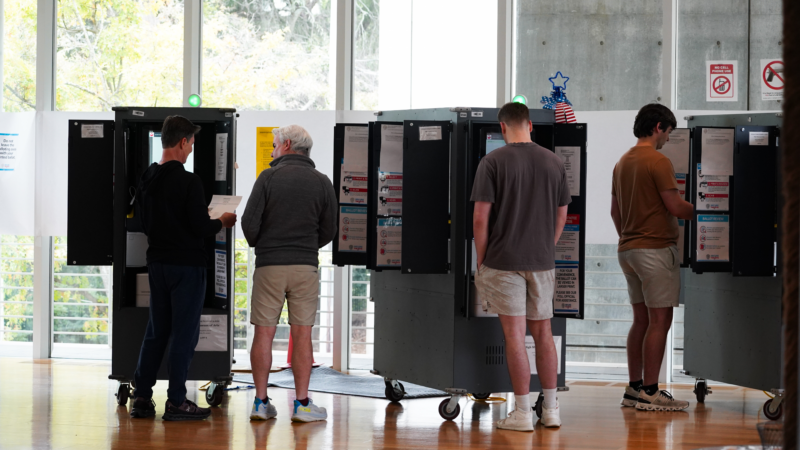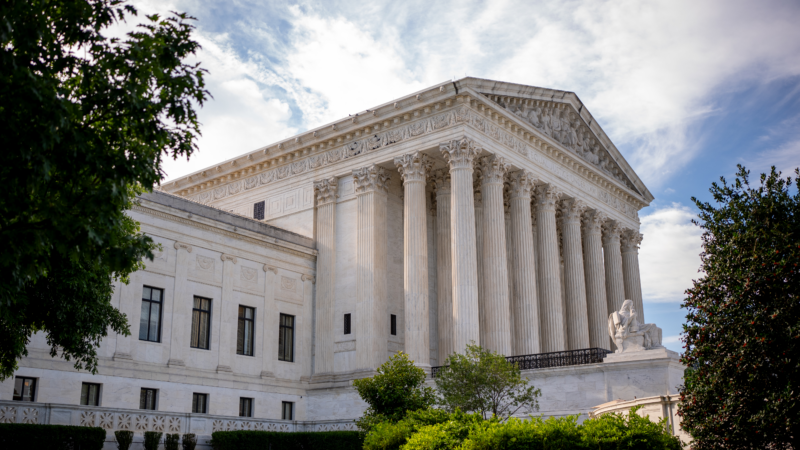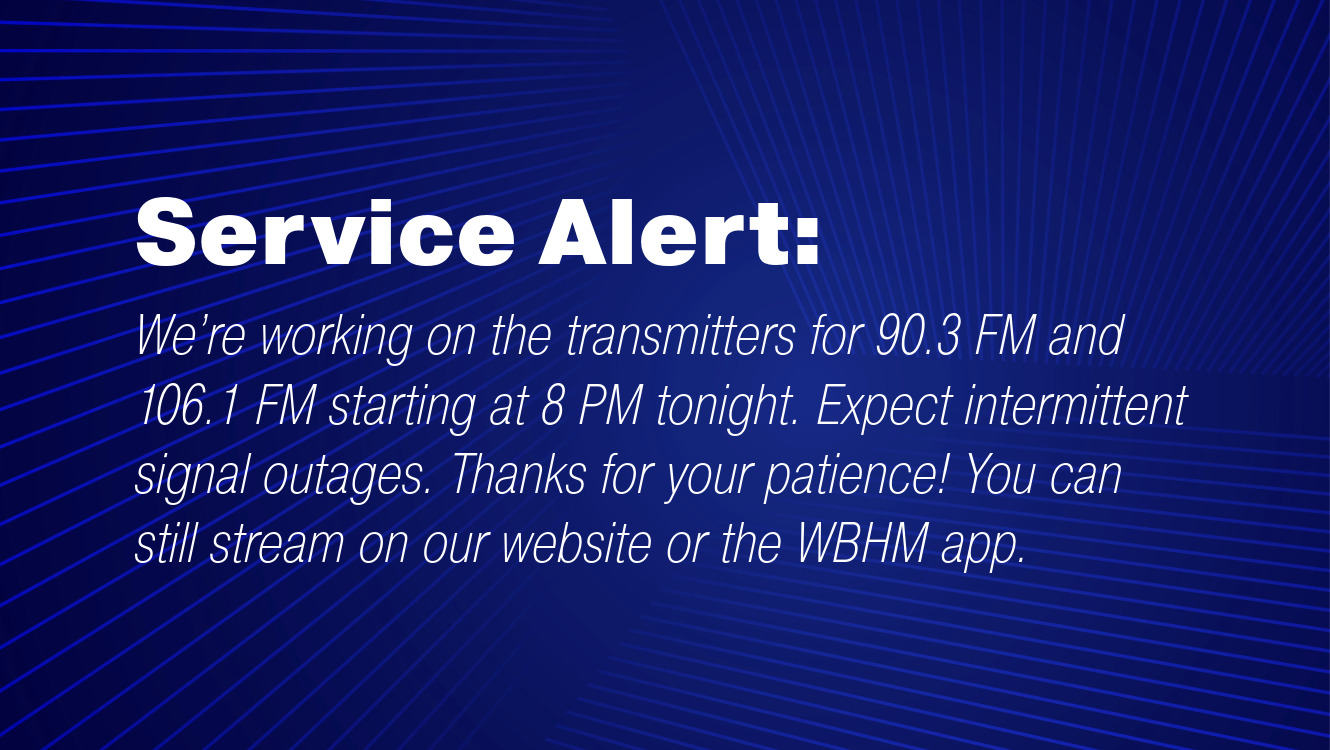I went on the new White House tour. This is what you can now see
The first time I went on a White House tour six years ago, I couldn’t go into the rooms on display. I had to peek at the historical images and fancy china from the hall.
For decades, that’s been the same experience that thousands of tourists have had when visiting the presidential building. And the tour hadn’t had significant changes for years — until now.
First Lady Jill Biden has just unveiled a new tour where the rooms are open for people to walk in, and there are new interactive elements throughout: videos, digital images and touchable replicas.
So, years after my first visit, I went back to see what had changed.
Standing where history was made
The project to overhaul the tour has been two years in the making.
At the unveiling, Jill Biden — who has been a teacher for 40 years — said the new tour will resemble a museum experience; more engaging and educational.


For the visual learners, there is a video of the first lady that welcomes visitors to the tour, and another of President Joe Biden halfway through. There are slideshows with photos of past presidents throughout the rooms and halls, and a scale model of the White House.
That 3D model, showing key renovations the building has undergone over the decades, is one of the first lady’s favorite parts. Different sections of the model light up as text appears explaining what each renovation was, and when it happened.
“You may not know this, but the White House didn’t always have running water or electricity,” she said at the unveiling event. “So, they had to open up the walls to put it in. That’s what you’ll learn on this tour. The rendering tells you that story: who added each piece of the house and when.”
One of the big additions to the tour is an entirely new room: the Diplomatic Reception Room, where former president Franklin D. Roosevelt held his fireside chats, addressing the American public directly through radio during World War II and the Great Depression.


“You can listen and hear his voice and look in this room and imagine to yourself, this is where FDR made those fireside chats, exactly where I’m standing right now,” said Elizabeth Alexander, a deputy assistant to the president and the communications director to the first lady.
Up on the second floor, a video of President Biden welcomes visitors to the East Room. The large hall is decorated with the portraits of George and Martha Washington, but otherwise looks like a large, empty hallway without furniture.
Alexander points to new signage and reader rails added to each part of the tour, explaining their history.
“Now people will know, because of the signage in front of them, that they’re standing right where President Johnson signed the 1964 civil rights bill,” she said. “Before then, people were walking through the East Room and not really knowing what had happened right where they were standing at that time.”
Something similar would happen in the Blue Room — one of the parlor rooms. There, back in 1863, President Abraham Lincoln greeted visitors hours before heading to his office to sign the Emancipation Proclamation.
“Previously, people didn’t know it. They would walk through the Blue Room and admire the furnishings, admire the beautiful view of the Washington Monument and the Jefferson Monument that you can see. But they may not have realized exactly what has happened in this room across history,” Alexander said.
Lastly, there are tactile items added throughout. In the Green Room, for example, Alexander points to an urn used for tea or coffee that’s almost 240 years old.
“It’s roped off because it belonged to John and Abigail Adams. But what you can do is you can feel a replica of it,” she said. “I have two boys that want to touch everything in every museum that we ever go into. And now they’re going to be encouraged to do that.”
The Biden administration worked with The White House Historical Association, the National Park Service and the History Channel, which provided the funding.


Alexander said that collaboration helped enhance the tour while preserving history. And, she said, this is an ongoing project.
“The president, no matter who they are, is only a temporary occupant of this house. And it really is the people’s house,” she said. “And so this tour, this public tour and its elements, will adapt and change as presidents change, as our country changes.”
What remains the same is the process of booking one of these tours. The White House is directing Americans to book it through their members of Congress.
Transcript:
MARY LOUISE KELLY, HOST:
No matter who wins the White House next week, they will be expecting tourists. About 10,000 people a week visit the presidential building. Until this month, they got a public tour which had not changed in decades. NPR’s Alejandra Marquez Janse went on a newly revamped White House tour.
ALEJANDRA MARQUEZ JANSE, BYLINE: Since the last time I took this tour about six years ago, they’ve opened a new room to the public. It’s the diplomatic reception room where President Franklin Delano Roosevelt addressed the American public directly through the newish medium of radio. These were the famous fireside chats during World War II and the Great Depression.
(SOUNDBITE OF ARCHIVED RECORDING)
FRANKLIN D ROOSEVELT: The simple fact is that many million more people have private work today than two years ago today.
ELIZABETH ALEXANDER: You can listen and hear his voice and look in this room and imagine to yourself, this is where FDR made those fireside chats exactly where I’m standing right now.
MARQUEZ JANSE: Elizabeth Alexander is the communications director to first lady Jill Biden, who spearheaded these changes. When Biden spoke at the unveiling, she said she wanted the new tour to mimic a museum experience.
JILL BIDEN: As a teacher for 40 years, I know that we all learn in different ways. Some of us learn some things through hearing. Some of us learn something through feeling something. So we’ve added dynamic, flexible and tactile tools of learning that let you follow your curiosity.
MARQUEZ JANSE: Like in the Green Room, where Elizabeth Alexander points to an urn used for tea or coffee that’s almost 240 years old.
ALEXANDER: It’s roped off because it belonged to John and Abigail Adams, but what you can do is you can feel a replica of it.
(SOUNDBITE OF HAND KNOCKING)
ALEXANDER: So I know I have two boys that want to touch everything in every museum that we ever go into, and now they’re going to be encouraged to do that.
MARQUEZ JANSE: For visual learners, there are digital slideshows with photos of past presidents, a scale model of the White House that shows key renovations the building has endured. And now you can actually walk into a lot more rooms, like the luxurious Blue Room.
ALEXANDER: So this is the Blue Room.
MARQUEZ JANSE: There’s a new sign that notes that back in 1863, President Abraham Lincoln greeted visitors here hours before going upstairs to sign the Emancipation Proclamation.
ALEXANDER: Previously, people didn’t know it. They would walk through the Blue Room and admire the furnishings, admire the beautiful view of the Washington Monument and the Jefferson Monument that you can see. But they may not have realized exactly what has happened in this room across history.
MARQUEZ JANSE: The Biden Administration worked with the White House Historical Association, the National Park Service and the History Channel, which provided the funding. Alexander says that collaboration helped enhance the tour while also preserving history. And, she adds, this is an ongoing project.
ALEXANDER: The president, no matter who they are, is only a temporary occupant of this house, and it really is the people’s house. And so this tour, this public tour, and its elements will adapt and change as presidents change.
MARQUEZ JANSE: For example, the tour includes video greetings from Joe and Jill Biden, which the next White House occupants will also record.
Alejandra Marquez Janse, NPR News.
(SOUNDBITE OF HIROSHI SUZUKI’S “WALK TALL”)
Hundreds are dead in Spain’s floods. Scientists see a connection to climate change
Hundreds are dead after torrential rains devastated Spain’s east. Climate scientists say a hotter planet makes deadly events like it more likely.
Bless this mess: Tyler, the Creator and the chaos of adulting
Musically, CHROMAKOPIA is the rap auteur's most confident album. Emotionally, it might be his most self-effacing, as it stares down a new set of responsibilities.
Broadway stars campaign to get out the vote
The new nonprofit Broadway Votes is corralling musical theater celebrities to help with the effort both both on stage and online.
South Carolina executes Richard Moore despite broadly supported plea to cut sentence
Three jurors who condemned Moore to death, a former state prison director, Moore's trial judge, his son and daughter, and pastors called for the governor to change his sentence to life without parole.
Fake videos from Russian propagandists aim to raise tensions ahead of Election Day
Intelligence officials says the video, which purported to show a Haitian immigrant claiming he had voted multiple times in Georgie, is the product of a Russian propaganda operation.
Supreme Court sides with Democrats in Pennsylvania voting case
It is hard to estimate how many ballots will be affected by the decision or whether it will ultimately impact the outcome of the presidential election.
